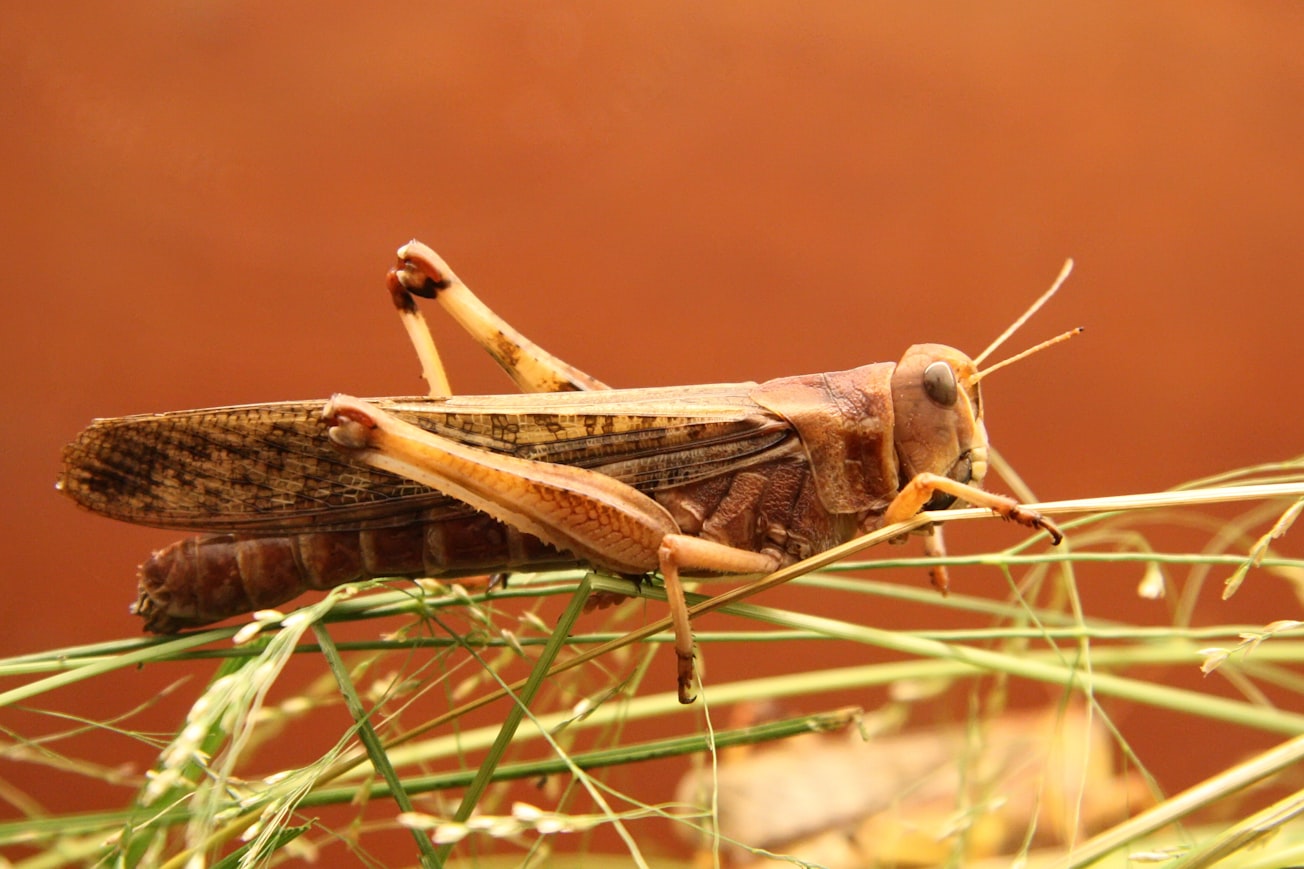What is it about?
Young crowded locusts are black and yellow, signalling to potential predators - "Leave me alone!" At sexual maturity, swarming males turn yellow again - but why? This has been a mystery for over a century. We suppressed the "Yellow Protein" in mature, amorous males, which caused them to mistake each other for female and attempt to mate one another. So yellowing is repurposed, from a warning to predators into a warning to sexual rivals. This might well be unique to locusts. By contrast, lone-living locusts never turn yellow, so the entire warning strategy (to predators or sexual rivals) is density-dependent. Yellow Protein might therefore help to unravel how nature (the gene) and nurture (the crowd) combine to control an animal's life history.
Featured Image

Photo by Ed van duijn on Unsplash
Why is it important?
The reason for yellowing in male locusts has remained a mystery for over a century. Our work adds a sexual dimension to studies of locust swarming behavior, and highlights how much we still need to learn about fundamental behaviors in these animals.
Perspectives
This work is a huge joint effort, with pilot studies starting 15 years ago during my PhD, before gradually coming to fruition as a large collaboration between five institutions!
Darron Cullen
University of Lincoln
Read the Original
This page is a summary of: Sexual repurposing of juvenile aposematism in locusts, Proceedings of the National Academy of Sciences, August 2022, Proceedings of the National Academy of Sciences,
DOI: 10.1073/pnas.2200759119.
You can read the full text:
Resources
Contributors
The following have contributed to this page







